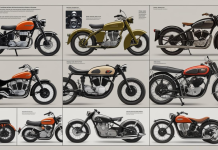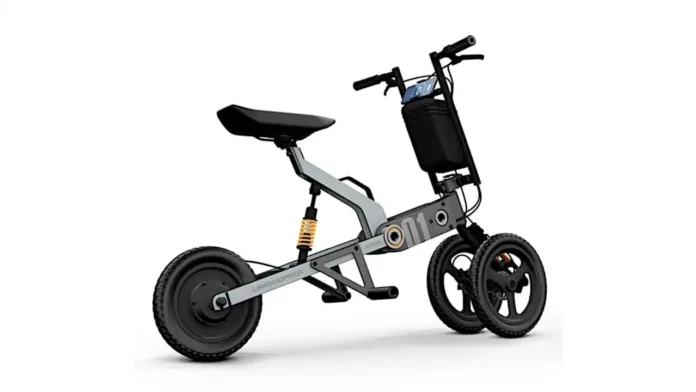Toyota Land Hopper
The Toyota Land Hopper, emerging as an innovative concept, reflects the automotive industry’s broader push towards electric, versatile mobility solutions, especially for urban environments. This trend acknowledges the evolving needs of consumers, who now require more practical, space-saving, and eco-friendly modes of transportation.
Three-Wheeled Electric Personal Mobility Concept
- Three-wheeled electric personal mobility concept
- Foldable design for easy storage and transport
- Does not require a motorcycle license to operate in Japan
- Leaning front wheels for improved manoeuvrability
- Compact body size and low seat height for easy access
- Designed for use as a last-mile vehicle


Foldable
- Urban Mobility and Environmental Concerns: Increasing urbanization and environmental awareness are pushing automakers to explore vehicles that reduce carbon footprints and alleviate traffic congestion. The Land Hopper, being electric and compact, aligns with global efforts to reduce emissions and offers a practical solution for crowded city streets.
- Versatility and Convenience: The concept of a foldable vehicle like the Land Hopper addresses space constraints, offering an alternative for commuters who can store it in their vehicles or small urban living spaces. It enhances the idea of seamless mobility, where commuters use multiple transport modes for a single journey, potentially integrating with public transit systems.
- Regulatory and Market Dynamics: The fact that the Land Hopper doesn’t require a motorcycle license opens it to a wider consumer base. This ease of access, combined with growing preferences for personal mobility due to health concerns, especially in a post-pandemic world, could drive demand.
Last-mile vehicle
- Competitive Landscape and Collaborations: While there’s no confirmation of Yamaha’s involvement, it’s not uncommon for automakers and motorcycle manufacturers to collaborate. They often share technological innovations, especially in niche segments like electric mobility and unique vehicle formats (e.g., three-wheeled, leaning mechanisms). Toyota’s venture into this space could spur further innovation, even potentially triggering a competitive response from companies with similar products.
- Future Prospects and Challenges: The transition from concept to production model will require Toyota to navigate challenges, including consumer acceptance, cost management, safety regulations, and infrastructure compatibility (like charging stations). Additionally, market success will depend on factors like pricing, performance, practicality, and the ability to create a robust after-sales service network.
Here are some potential pros and cons of the Toyota Land Hopper concept:
Pros:
- Fuel-efficient and environmentally friendly: The Land Hopper is an electric vehicle, so it does not produce emissions and is less expensive to operate than gasoline-powered vehicles.
- Compact and manoeuvrable: The Land Hopper is small and lightweight, making it easy to manoeuvre in crowded urban environments.
- Foldable and portable: The Land Hopper can be folded up and stored in a car or truck, making it easy to transport.
- Does not require a motorcycle license: In Japan, the Land Hopper can be operated without a motorcycle license, making it accessible to a wider range of people.
Cons:
- Limited range: Electric vehicles typically have a shorter range than gasoline-powered vehicles, so the Land Hopper may not be suitable for long-distance trips.
- Limited carrying capacity: The Land Hopper is a small vehicle, so it has a limited carrying capacity. It may not be suitable for transporting large loads or multiple passengers.
- Safety concerns: Three-wheeled vehicles can be more difficult to control than four-wheeled vehicles, so there may be some safety concerns associated with the Land Hopper.
Leaning front wheels
In conclusion, the Toyota Land Hopper represents more than a novel concept; it’s a response to changing consumer needs and environmental imperatives. Its reception at the Japan Mobility Show could set a precedent for how automakers address urban mobility’s complex challenges, possibly reshaping city transportation norms in the years to come.
ads botom



































